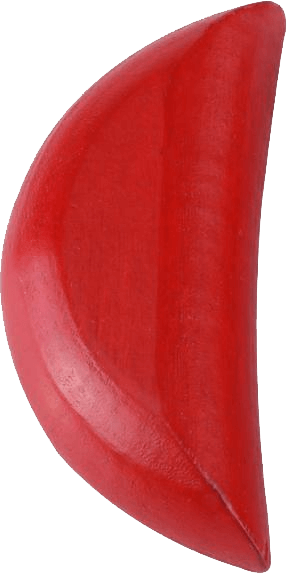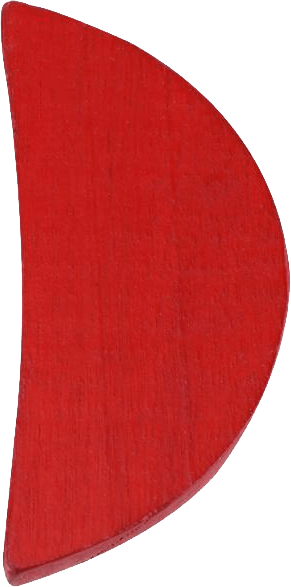



Your Question
Divine Answer
Throw the blocks to receive guidance...
(Press Button or Click Blocks / Spacebar / Enter)
Traditional Temple Fortune Telling Blocks (筊杯 Jiao Bei)




Throw the blocks to receive guidance...
(Press Button or Click Blocks / Spacebar / Enter)
Moon Blocks (筊杯, Jiǎo Bēi) are traditional Chinese divination tools used in temples throughout China, Taiwan, and other Chinese communities. These crescent-shaped wooden blocks help seekers receive guidance from deities on important life decisions and questions.
Moon blocks or jiaobei (also written as jiao bei etc. variants; Chinese: 筊杯 or 珓杯; pinyin: jiǎo bēi; Jyutping: gaau2 bui1), also poe (from Chinese: 桮; Pe̍h-ōe-jī: poe; as used in the term "poe divination"), are wooden divination tools originating from China, which are used in pairs and thrown to seek divine guidance in the form of a yes or no question. They are made out of wood or bamboo and carved into a crescent shape. A pair of clam shells can also be used.Each block is round on one side (known as the yin side) and flat on the other (known as the yang side). It is one of the more commonly used items found in Chinese traditional religion and are used in temples and home shrines along with fortune sticks, both of which are often used together when requesting an answer from the Deities.
Chinese moon blocks (Jiao Bei, 筊杯) is a form of divination that you'll often find at Taoist or Buddhist temples. There may be a dish of moon blocks by the altar and the purpose is for you to ask your question to the deity venerated at that site, then throw the moon blocks for a yes or no answer. They're used to communicate directly with gods and spirits. The traditional perception here is unequivocally that of divine communion.
The practice involves throwing two crescent-shaped wooden blocks, each with one flat side and one rounded side. After asking your question, throw the blocks and interpret the result based on how they land:
To receive the most meaningful answers:
Shèngjiǎo (聖筊) - Sacred Yes: When one block lands flat side up and the other rounded side up, this is considered the most favorable answer. It indicates divine approval and that you should proceed with your plans or that the answer to your question is "yes."
Xiàojiǎo (笑筊) - Laughing No: When both blocks land rounded side up, this suggests that your question might be premature or unnecessary. The deity is "smiling" at your question, indicating you might already know the answer or should reflect more deeply.
Nùjiǎo (怒筊) - Angry No: When both blocks land flat side down, this is considered a clear "no." It suggests that your proposed action is not favorable or that you should reconsider your approach.
Moon Blocks have been an integral part of Chinese spiritual practices for centuries. They are commonly used in conjunction with other divination methods, such as fortune sticks (籤詩), and are found in most traditional Chinese temples. The practice represents the direct communication channel between worshippers and deities, offering guidance and wisdom in times of uncertainty.
While traditionally used in temples, Moon Blocks continue to be relevant in modern times. Many people use them for: